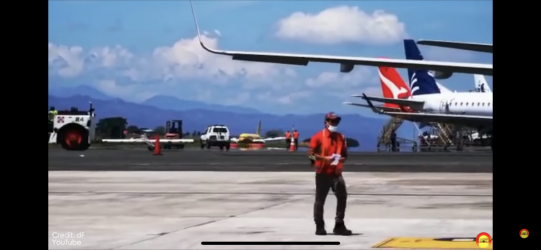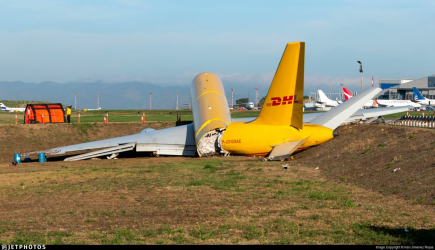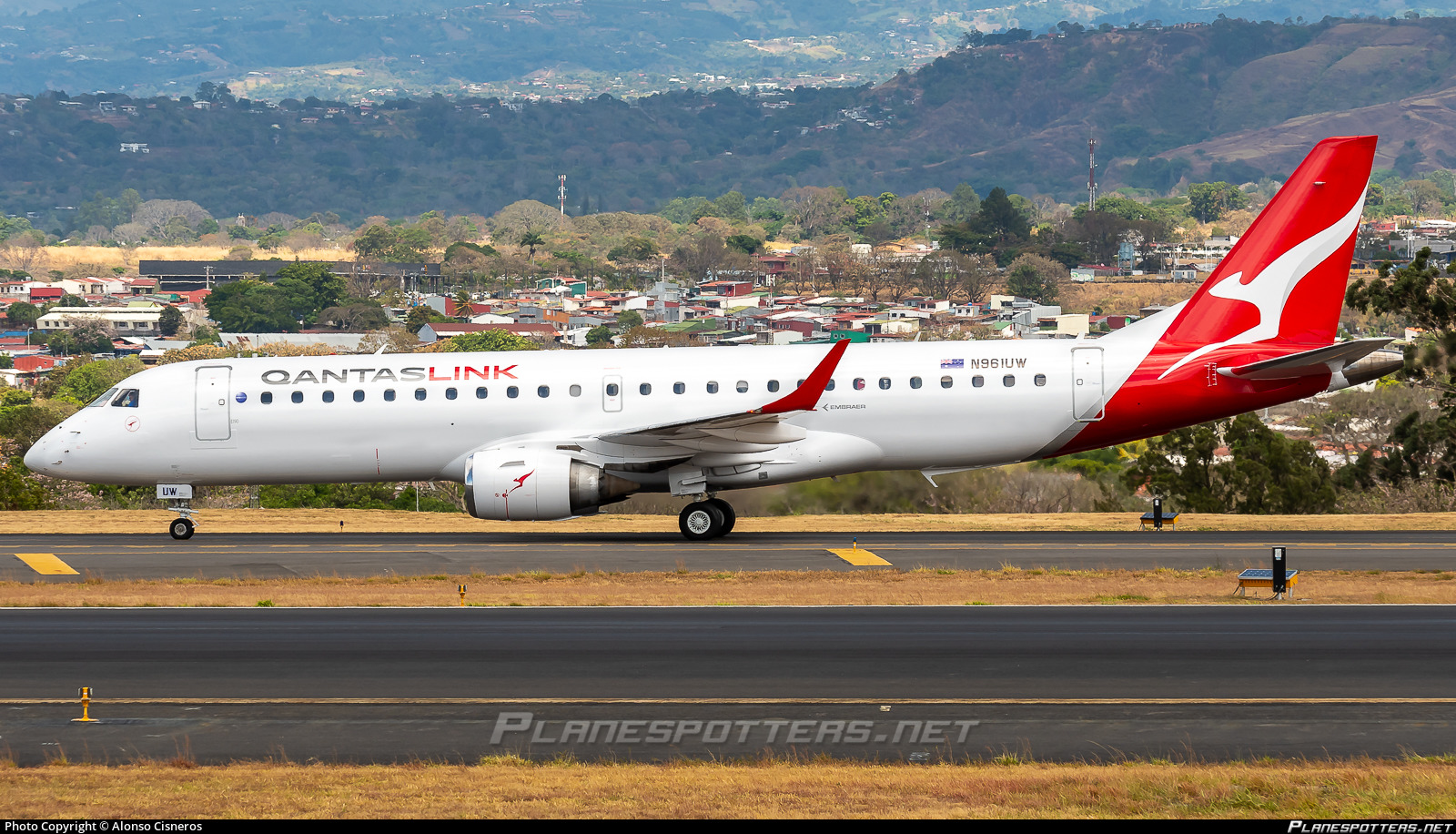- Joined
- Oct 13, 2013
- Posts
- 14,626

That Yellow DHL 757 in the middle of the picture (in background) landed at SJO (Costa Rica) after returning to airport due to “hydraulic issues” - and is about to skid off the runway, and break in two. Also here
But what is QF doing in Costa Rica?
Last edited:





